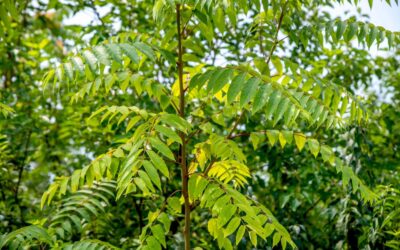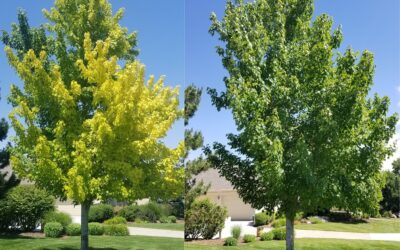Archaeologists suggest that plums may be one of the first fruits domesticated by humans. Traces of plums have been found in Neolithic sites as much as 10,000 years old along with olives, grapes, and figs. And no wonder. Besides being beautiful in their flowering stage, fresh plums and their dried version, prunes, are both delicious and packed with nutrients.
Fruit and Non-Fruit Varieties
You can grow plum trees for their fruit or plant a non-fruiting variety as a dramatic ornamental tree. Their pink or white flowers bloom early in the spring, even before the leaves sprout. While all varieties have attractive foliage, some, especially non-fruiting hybrids, have richly-colored purplish leaves. The trees are compact with a dense, rounded canopy and grow to a height of 15-25 feet with a proportionate spread.
There are dozens of varieties of this rose family member (along with cherries and peaches), and several European and Asian species do well in Colorado and are reliable fruit producers. European types are hardy and do well in most areas, while Asian varieties are more tender but produce better fruit. Hybrids have been cultivated to do well in a variety of climates.
Cross-Pollination, Growing Conditions and Care
Most plums require cross-pollination, so plant at least two different trees of similar characteristics close to one another. For instance, European plums bloom at a different time than Asian ones, so they won’t pollinate one another.
Plum trees need well-drained soil and full sunlight. Keep them away from south and west sides of buildings, though, to avoid early blooming encouraged by the reflected heat and blossom loss due to late frosts. Proper pruning ensures better fruit production as well as keeping the trees attractive.
Like most fruit trees, prunes are susceptible to several diseases and insect infestations, but proper insect and disease management along with regular fertilizing, watering, pruning will keep them healthy and attractive for many years.Do your research to pick the variety that best suits your landscape and gardening needs.
Thinking of planting a plum or fruit tree on your property this year? Call Donovan Arborists to get a free estimate and answer any questions you may have at 303-623-8733.



